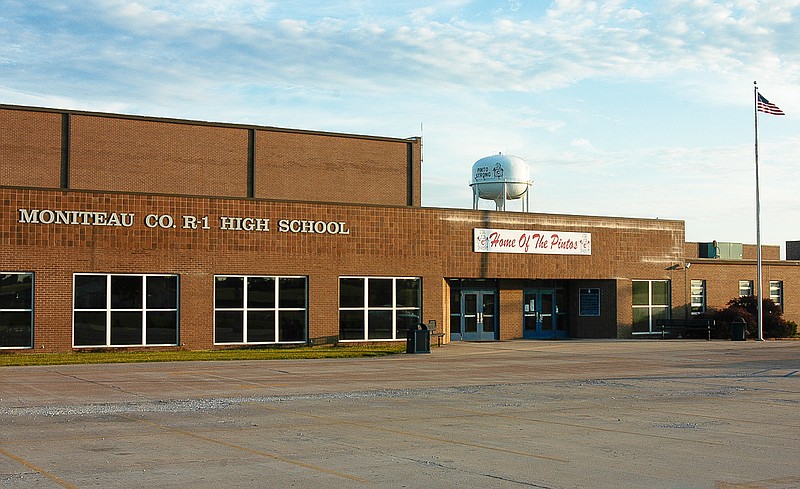Completing a long list of security upgrades is expensive.
California R-I Assistant Superintendent Matt Abernathy hopes a U.S. Department of Justice Community Oriented Policing Services School Violence Prevention Program grant can help minimize the upgrades' impact on the district budget. With the district pitching in $75,000, the federal grant could cover the remaining 75 percent of district security upgrades totaling $300,000. According to the U.S. Department of Justice grant page, funds can be used to improve "coordination with law enforcement; training for local law enforcement officers to prevent student violence against others and self; metal detectors, locks, lighting, and other deterrent measures; technology for expedited notification of local law enforcement during an emergency; (and) any other measure that the COPS Office determines may provide a significant improvement in security."
Abernathy requested funding for the following projects and technologies: SafeDefend system, the elementary school secure-entry vestibule, two-way radios, overhead intercom systems, fire alarm systems, building protection bollards, automatic external defibrillators (AEDs), emergency lighting, roll-up security doors, keycard readers, and staff safety maps and tools.
With it being a federal grant, Abernathy anticipates a much longer waiting period before recipients are announced because the district is competing with other districts across the country. However, the wait could be worth it, he said.
"I'm excited because there are a lot of things that could be covered potentially by that grant if we get accepted," Abernathy said. "... It will complete things that have not been available in older sections of our district."
For instance, he said, the fire alarm systems in the 1964 middle school and 1976 elementary school wings are not tied into the newer systems. The grant would enable all systems to be tied together, so alarms in the older wings sound with alarms found in newer portions. Parts of the fire alarm system, such as pull stations and strobes, would also be upgraded in the older wings.
The grant would also allow the district to beef up security at annex buildings on the high school campus, such as the agricultural buildings, so their external doors are electronically controlled.
Abernathy said the district hopes to expand its network of two-way radios used by staff. He said reception has been spotty in the past, especially since the addition was built between the elementary and middle school buildings.
He added the district would like to partner with Command One, of Centertown, to expand its two-way radio network so all staff are equipped with the radios. Command One would also improve reception throughout the district.
In addition to the radios, Abernathy said the grant would improve communication in classrooms by installing overhead intercoms in those lacking them. The intercom system would allow the office to directly communicate with classrooms, and a call button would allow teachers to directly communicate with the office, without the need for a phone or radio.
"We need everybody to have communication with the office, and right now we don't have that everywhere," he said. "There are about six classrooms across the whole district that don't have two-way communication with the office through an intercom and a call button."
Abernathy said every item on his list would improve security throughout the district. Bollards installed in front of the high school main entrance would protect its common area from a vehicular impact. Additional AEDs could save lives, as people would no longer have to go as far to find one to rescue someone experiencing cardiac arrest. Roll-up metal doors, rated to protect against hurricane-strength winds, can protect occupants from debris in case of severe weather, and add another layer of security in case of an intruder or active shooter.
"We're hoping that we get approved so we can take care of some of those little things," Abernathy said. "It's interesting how each project in itself isn't a big project, but when you have nine or 10 different projects that all are anywhere from $8,000 to $15,000 per piece, it starts to add up pretty quick."

